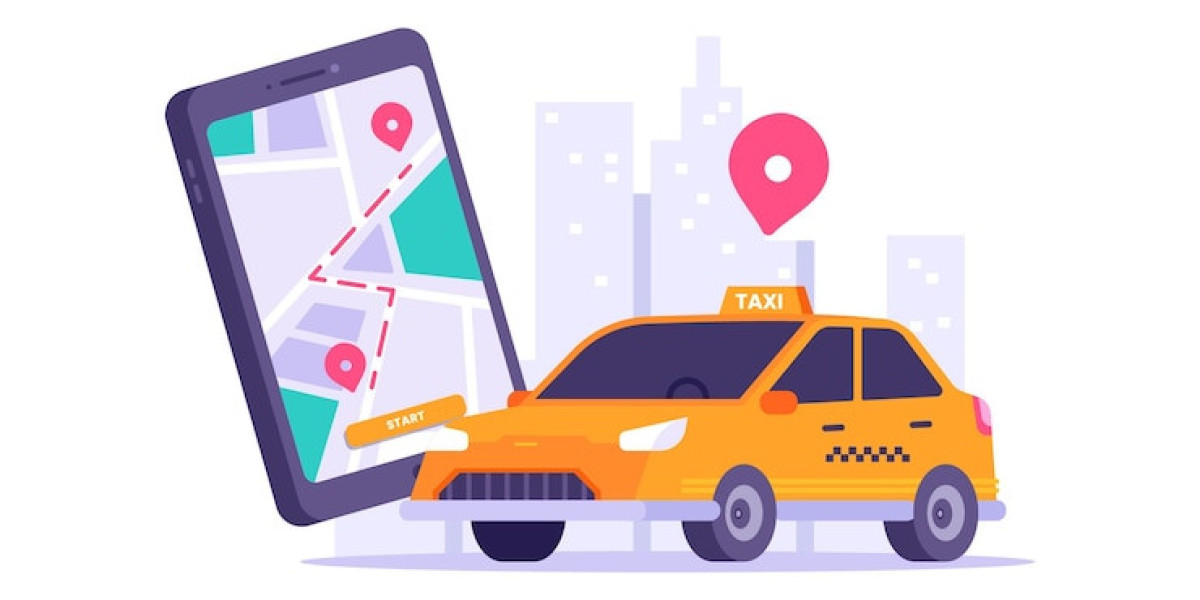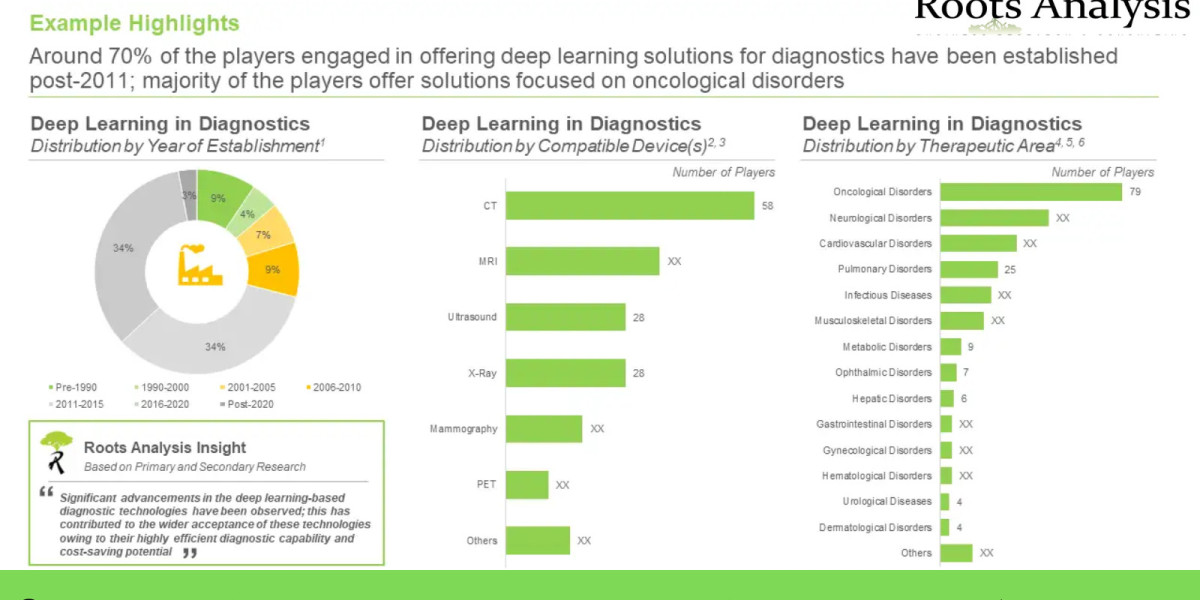Developing a BlaBlaCar clone app, or any ridesharing platform, requires a robust technological foundation to ensure smooth operation, scalability, and user satisfaction. The selection of the right technologies plays a crucial role in determining the success of your app. In this guide, we'll explore the best technologies for building a BlaBlaCar clone app, covering the essential components like the tech stack, front-end and back-end development, databases, APIs, and security protocols.
Understanding the Core Components of a BlaBlaCar Clone App
Before diving into the specific technologies, it’s essential to understand the core components of a BlaBlaCar clone app. These include:
User Interface (UI) and User Experience (UX)
The UI/UX design is critical in ensuring the app is user-friendly and engaging. A well-designed interface can greatly improve user satisfaction and retention.
Driver and Rider Matching Algorithm
The app's success depends on how effectively it matches riders with drivers based on their location, route, and preferences.
Real-Time Tracking and Notifications
Real-time tracking of vehicles, accurate ETA predictions, and timely notifications are key features that require advanced technology.
Payment Gateway Integration
Secure and diverse payment options enhance the user experience and trust in the app.
Database Management
Efficient data storage and retrieval are necessary to manage user data, trip histories, payment records, and more.
Security Protocols
Ensuring the security of user data and payment information is paramount to protect against breaches and fraud.
The Ideal Tech Stack for a BlaBlaCar Clone App
Front-End Technologies
React Native
React Native is a popular choice for building mobile applications due to its ability to create native-like experiences on both iOS and Android platforms. It allows developers to write code once and deploy it across multiple platforms, saving time and resources.
Flutter
Flutter, developed by Google, is another powerful option for building cross-platform mobile applications. It offers fast development, a rich set of widgets, and high performance, making it ideal for creating a visually appealing and responsive UI.
Angular or React.js
For the web version of your BlaBlaCar clone, Angular or React.js are excellent choices for building dynamic and responsive front-end interfaces. Both frameworks are widely adopted and have strong community support.
Back-End Technologies
Node.js
Node.js is a highly scalable and efficient platform for building the server-side of your application. It is known for its ability to handle multiple connections simultaneously, making it ideal for real-time applications like ridesharing platforms.
Ruby on Rails
Ruby on Rails is a robust framework for building web applications. It promotes convention over configuration, which speeds up development and reduces the likelihood of errors. It’s suitable for apps that require rapid development and a strong foundation.
Django
Django is a high-level Python web framework that encourages rapid development and clean, pragmatic design. It’s an excellent choice for back-end development, especially if your team is proficient in Python.
Databases
PostgreSQL
PostgreSQL is a powerful, open-source relational database management system. It’s highly reliable and supports advanced data types, making it a great choice for storing complex data structures in your BlaBlaCar clone app.
MongoDB
MongoDB is a NoSQL database that allows for flexible data models. It’s particularly useful if your app needs to handle large volumes of unstructured data or requires horizontal scaling.
Firebase
Firebase is a real-time database that’s particularly useful for apps requiring real-time synchronization across platforms. It also provides various backend services, including authentication, cloud storage, and push notifications.
Real-Time Tracking and Notifications
Google Maps API
Google Maps API is essential for integrating maps, location tracking, and routing features in your app. It provides accurate geographical data and real-time traffic updates, which are crucial for a ridesharing app.
Socket.io
Socket.io enables real-time, bidirectional communication between clients and servers. It’s commonly used for implementing live tracking and notifications in applications, ensuring that updates are sent and received instantly.
Twilio
Twilio is a cloud communications platform that allows you to send SMS, make calls, and provide other communication services directly from your app. It’s a reliable solution for sending real-time notifications and alerts to users.
Payment Gateway Integration
Stripe
Stripe is a widely-used payment gateway that supports a variety of payment methods, including credit cards, digital wallets, and bank transfers. It’s known for its ease of integration and strong security features.
PayPal
PayPal is a trusted payment gateway with global reach. It’s a good option if you plan to offer users a familiar and secure payment method. PayPal also provides features for handling recurring payments and multi-currency transactions.
Braintree
Braintree, a subsidiary of PayPal, offers advanced payment solutions with support for multiple payment methods and currencies. It’s known for its flexibility and seamless user experience.
Security Protocols
SSL/TLS Encryption
Secure Sockets Layer (SSL) and Transport Layer Security (TLS) are protocols that ensure the secure transmission of data between the client and server. Implementing SSL/TLS encryption is essential for protecting user data, especially during payment transactions.
OAuth 2.0
OAuth 2.0 is an open standard for access delegation, commonly used for token-based authentication and authorization. It allows users to log in securely without needing to share their credentials directly with the app.
Two-Factor Authentication (2FA)
Implementing two-factor authentication adds an extra layer of security by requiring users to provide two forms of identification before accessing their accounts. This can significantly reduce the risk of unauthorized access.
Cloud Services
AWS (Amazon Web Services)
AWS provides a range of cloud services, including computing power, storage, and databases, that are highly scalable and reliable. AWS is a popular choice for hosting and managing large-scale applications.
Google Cloud Platform (GCP)
Google Cloud Platform offers similar services to AWS, with additional tools for machine learning, data analytics, and real-time communication. GCP’s infrastructure is designed for high performance and scalability.
Microsoft Azure
Microsoft Azure provides a comprehensive set of cloud services that support building, testing, deploying, and managing applications through a global network of data centers. Azure is known for its enterprise-level security features and integration with Microsoft products.
Conclusion
Building a BlaBlaCar clone app with the help of an on-demand app development company requires selecting technologies that align with your business goals, timeline, and budget. Utilizing front-end technologies like React Native, back-end frameworks like Node.js, databases such as PostgreSQL, and cloud services like AWS can ensure your app is scalable, secure, and user-friendly. By carefully planning your development process and considering the unique needs of your target audience, you can create a robust ridesharing platform that stands out in the competitive market.



